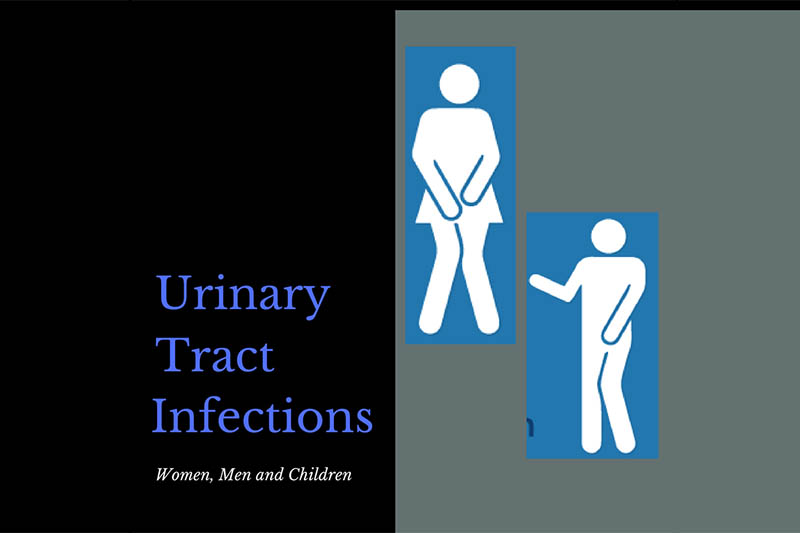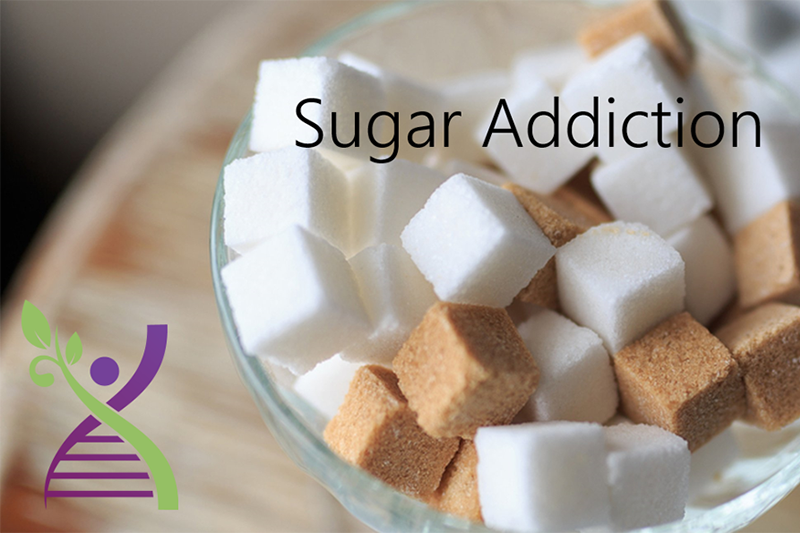
What are UTI’s? Urinary Tract Infections
Do you… Frequently or urgently need to urinate Often only pass small amounts of urine Have Pain or burning sensation when urinating These can be symptoms of urinary tract infections. There

Sugar is the generic term for the sweet soluble carbohydrate obtained from various plants, particularly sugar cane and sugar beet, which is used in food. There are different classes of sugar, each derived from different sources. Simple sugars include glucose, fructose, and galactose. Glucose (C₆H₁₂O₆) originates in the blood as animals as blood sugar and is the most important energy source for cellular respiration. Fructose (C₆H₁₂O₆), also known as fruit sugar, is often found in many plants such as tree and vine fruits, flowers, berries, and most root vegetables. Galactose (C₆H₁₂O₆) is ingested in the form of lactose from dairy products, which then is converted to galactose and glucose via digestion. Each of these sugars has the same chemical formulae but a different arrangement of atoms.
When fructose is bonded to glucose, we are left with sucrose (C₁₂H₂₂O₁₁), which is the common granulated form of sugar used in most prepared food and beverages.
There are also some low-calorie substitutes for sugar (artificial sweeteners), which include aspartame and sucralose.
The reason sugar is so addictive is that it activates the brain’s reward system. Sugar causes the brain to release the “mood-boosting” chemicals, serotonin and dopamine. When we ingest large amounts of sugar, a massive amount of dopamine is released into an area of the brain called the Nucleus Accumbens, causing a sugar “high”, and generally increased feelings of happiness. When the amounts of glucose, and therefore serotonin and dopamine normalize and get back to lower levels, we find that we are craving more sugar to get back to that state of happiness. This often leads to a cycle of constantly eating sweets to feel good.
When we eat these foods regularly, the dopamine receptors start to down-regulate, meaning that the effect of the sugar is blunted, or that you develop a tolerance. This means, that to recreate that pleasurable feeling induced by sugars, more and more of the stuff is required. Studies have also found that as these dopamine receptors decrease, there’s a decrease in the activity of activity in the Prefrontal Cortex which is the part of the brain responsible for functions such as organizing, planning, and making rational decisions.
Human beings are predisposed to crave high-energy foods like sugar because long ago in uncivilized days, it meant a higher chance of survival, so this makes us genetically programmed to prefer high sugar/calorie foods over other types.
There is also a hormone called Leptin, which signals the brain that you are full. This system works well for a normal, healthy diet, but when other factors are involved, such as excess sugars, excess artificial sweeteners, increased insulin levels, and too much body fat, these Leptin signals tend to fail, leaving us with a persistent hunger and cravings for more food.
Studies find that children have a higher craving for sugar than that of adults and that if they are exposed to large amounts of sugar at a young age, sugar addiction can occur and continue throughout their life. Children who have been given candy or chocolate as treats or to get them to calm down, often associate sugar with that feeling of calmness and end up becoming dependant on it.
The use of sugars in the food industry is extremely popular because they add flavour, thickness, and bulk to many processed foods and are effective in the preservation and the prevention of mould formation. Sugar can come under many different names when it comes to ingredient lists. These include sugar, brown sugar, cane sugar, corn syrup, corn sugar, fruit juice concentrate, dextrose, honey, high fructose corn syrup, maltodextrin, raw sugar, molasses, agave nectar, brown rice syrup, evaporated cane juice, malt syrup, and turbinado sugar to name a few.
Like most things, moderation is the key when it comes to sugar, but with this substance hidden in almost everything we eat or drink these days, moderation is a difficult goal to acquire.
The World Health Organization has declared that adults and children should reduce their free sugar intake to 10% or preferably 5% of their daily energy intake. The term “free sugars” refers to glucose, fructose, and sucrose added to foods and drinks, along with sugars naturally present in honey and syrups. It is not referring, however, to the sugars found naturally in fruits, vegetables, or dairy. The recommended daily consumption generally equates to 12 teaspoons (48g) of sugar per day.
Examples of sugar amounts in everyday foods and drinks
(*1 teaspoon of sugar equates to approximately 4 grams*)
*The above list only contains food and drink references most relevant to Australia, and portion sizes and servings may be different in different areas*
The consumption of refined sugar has been associated with many health problems and complications.

Do you… Frequently or urgently need to urinate Often only pass small amounts of urine Have Pain or burning sensation when urinating These can be symptoms of urinary tract infections. There
Disclaimer – Our intent is not to diagnosis but to offer information on therapy choices and practitioners. Information on this site is intended general educational purposes only. Any statements made are carefully referenced and any information, products or services discussed are not intended to diagnose, cure, treat or prevent any disease or illness. Please consult a healthcare practitioner before making a choice.